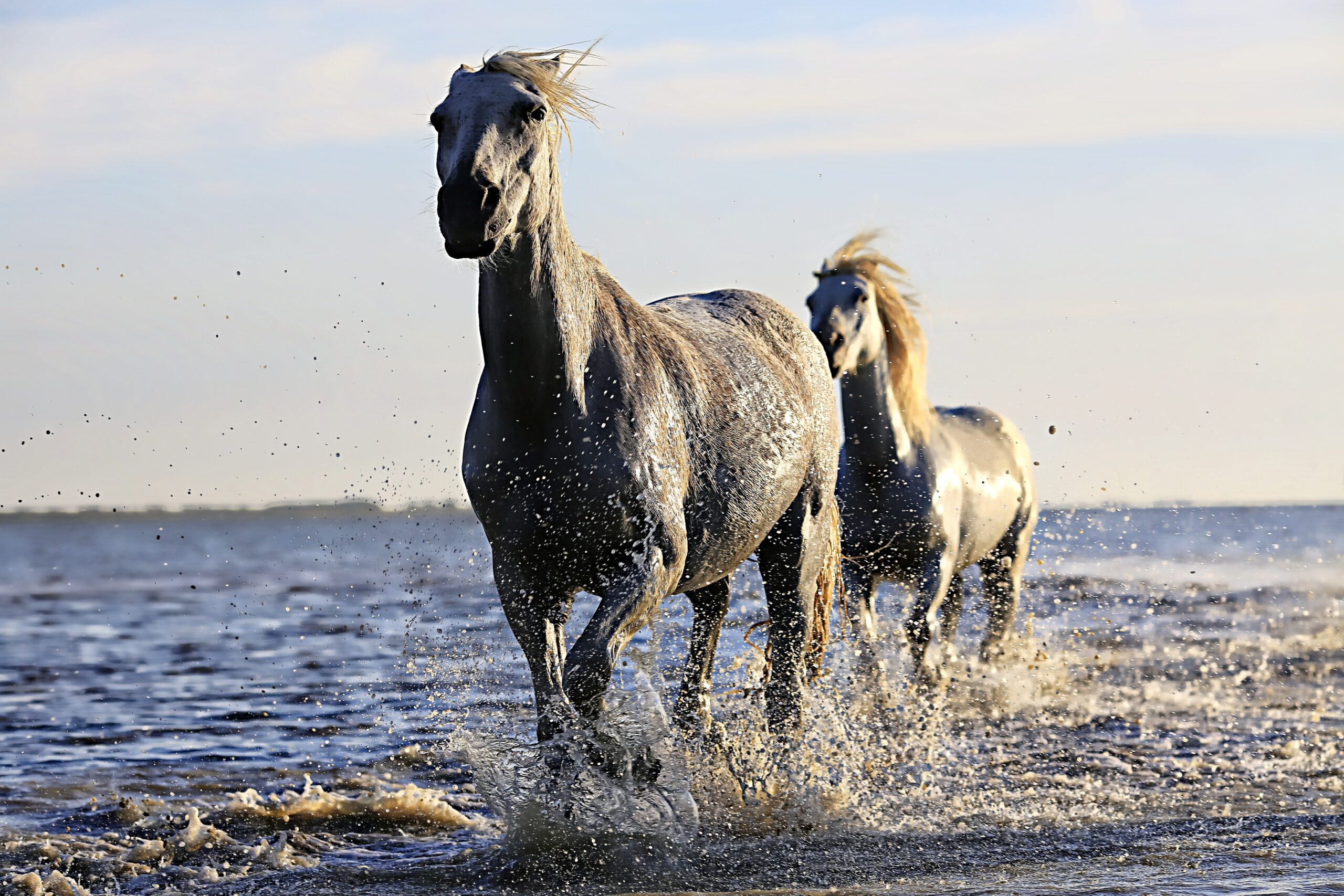Nearly 100 years ago, a Swedish professor living in Argentina took two Criollo horses, aged 15 and 16, to become the first man to arrive on horseback from Buenos Aires to New York City. His name was Aime Tschiffely, and his journey would end at President’s Coolidge White House along with a book about his journey titled: Tschiffely’s Ride. Here’s the incredible story!
Aime Tschiffely, for years, wanted to be the first man to travel the 10,000-mile journey, and he would begin his journey in April 1925 and end it two and half years later! It took four months to cross into Bolivia with his not so handsome horse, Gato, and Mancha. The horses had been raised by an Argentian Indian Chief who let them roam free, and because of this, Tschiffely felt they knew how to survive the long, arduous, and wild journey.
Bolivia and Peru
By the time Tsciffely and his two horses arrived in Bolivia, a bond was forming that was helping them become a team that would not only work together but also trust each other. Only then could the journey be successful. It was also on this journey that Tschiffely proved that horses do indeed have a sixth sense and warned him of danger that they came across with along the way. The first instance where the horses’ sixth sense was activated came when they reached a lake shore in Peru; the horse named Gato refused to go any further once they reached water on a shallow strip. It was then that a local ran to warn Tschiffely that the strip was actually quicksand. Thanks to Gato’s reaction, their lives were saved, and Tschiffely was in awe of their sixth sense!
Peru proved to have a second life-threatening event for the trio while they were climbing the snow-capped mountains Andes. The only way forward from the location was an old rope bridge. If Mancha panicked and turned around as they were crossing the bridge, it would flip and doom them! However, before they started on the bridge, Tschiffely spoke with Mancha and Gato while patting them, letting them know they had to be strong to overcome this hurdle. They had already gone so far to turn back. Tschiffely started on the bridge with Mancha successfully, and halfway on the bridge, it did sway violently, but Mancha remained calm. After Mancha and Tschiffely crossed, Gato crossed, and the trio were able to continue on their journey.
Ecuador
Tschiffely, Gato, and Mancha were next in Ecuador, where they discovered there was a gap in their selected path and that detouring would be best. Mancha, however, had different plans. While Tschiffely on Gato was preparing to detour, Mancha decided to take the leap and safely landed on the other side, as if his sixth sense let him know it would be safe to fly through the sky basically. Mancha continued neighing as if to let Gato realize he could do it too, and he did! Tschiffely and Gato also flew over the gap and avoided a long detour! The horses knew they could master the high jump, proof of their sixth sense!
Journey’s End and Legacy
Next, Gato, Mancha, and Tschiffely reached the Panama Canal, Costa Rica, and then Mexico. They had to endure a jungle, snakes, mosquito bites, and even crocodiles, with Mancha once again saving Tschiffely’s life yet again after they slipped into an infested with crocodiles’ river!
Finally, in 1928, he had arrived at the White House, where he was received as a hero! He met with President Coolidge and thanked Mancha and Gato; he acknowledged that the two horses were heroes and he couldn’t have survived the journey without them. It was suggested by the admirers that the horses should remain in a city park, but Tschiffely took them back to Argentina, where he set them free. In 1934, Tschiffely published a Tale of Two Horses, where Gato and Mancha would be forever remembered as the horse heroes that they were!
Gato and Mancha, who had long been retired since their journey, passed away in the 1940s. Today, the horses’ remains are preserved at the Emilio Udaondo Museum in Luján. As for Aime Tschiffely, in 1953, on December 15, the 20th century’s legendary Equestrian travel writer went for minor surgery at the Mile End Hospital. Then on January 5th, due to complications from the surgery, he passed on, but not without one more travel for the legendary writer. His ashes were laid to rest on his El Cardal ranch in Argentina, near his horses’ memorial. Since 1999, the National Day of the Horse has been celebrated on September 20th. That was the day that Aime arrived in New York in 1928, with Gato and Mancha by his side. Now, not only have the horses been memorialized in a book and in a museum, but they are celebrated every year on their own special day, as the horses’ heroes should be!


